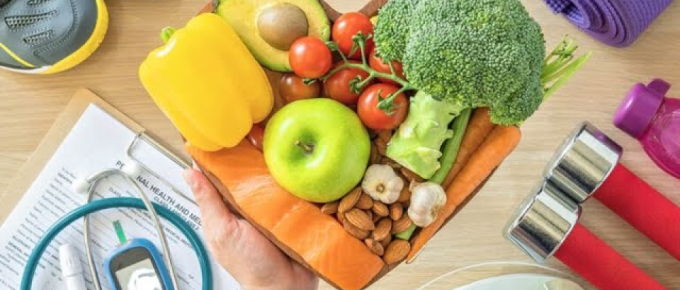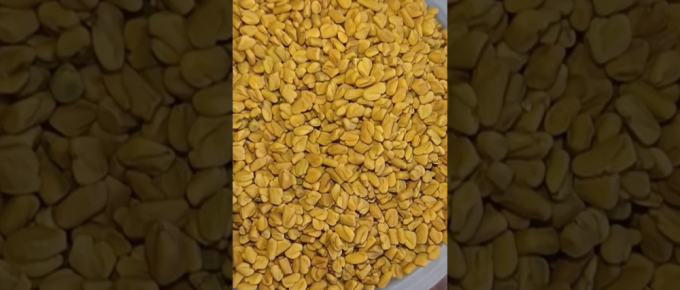डायबिटीज में कितना नमक खाना चाहिए #diabetes #diabetesdiet #salt #diabetescare #health डायबिटीज में नमकीन खा सकते हैं diabetes diet डायबिटीज में कितनी मात्रा में नमक खाना चाहिए diabetes diet plan …
Continue Reading about डायबिटीज में कितना नमक खाना चाहिए #diabetes →


